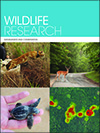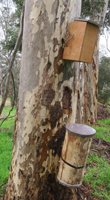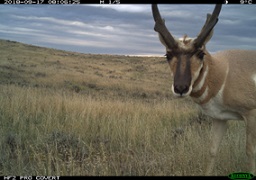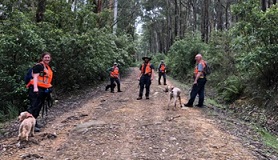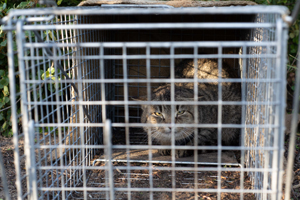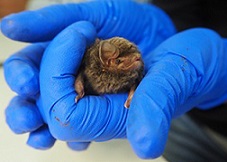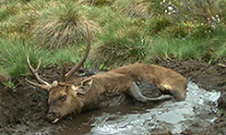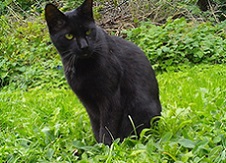
Managing free-roaming cats requires understanding where cats are found and how this varies across the year. Using trail cameras in rural and urban areas in southern Ontario, Canada, cats were more likely to be found near buildings and away from agriculture in the spring/summer and near major roads and away from coyotes in the fall/winter. Our results have important implications for the development of management plans and the design of future studies. Photograph by Emily Lupton.


